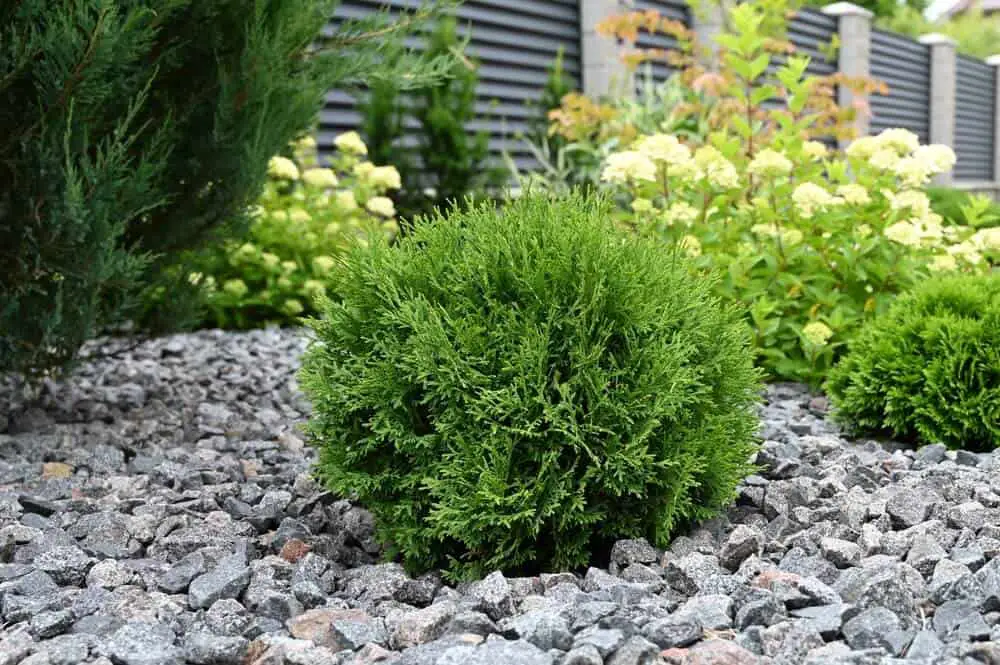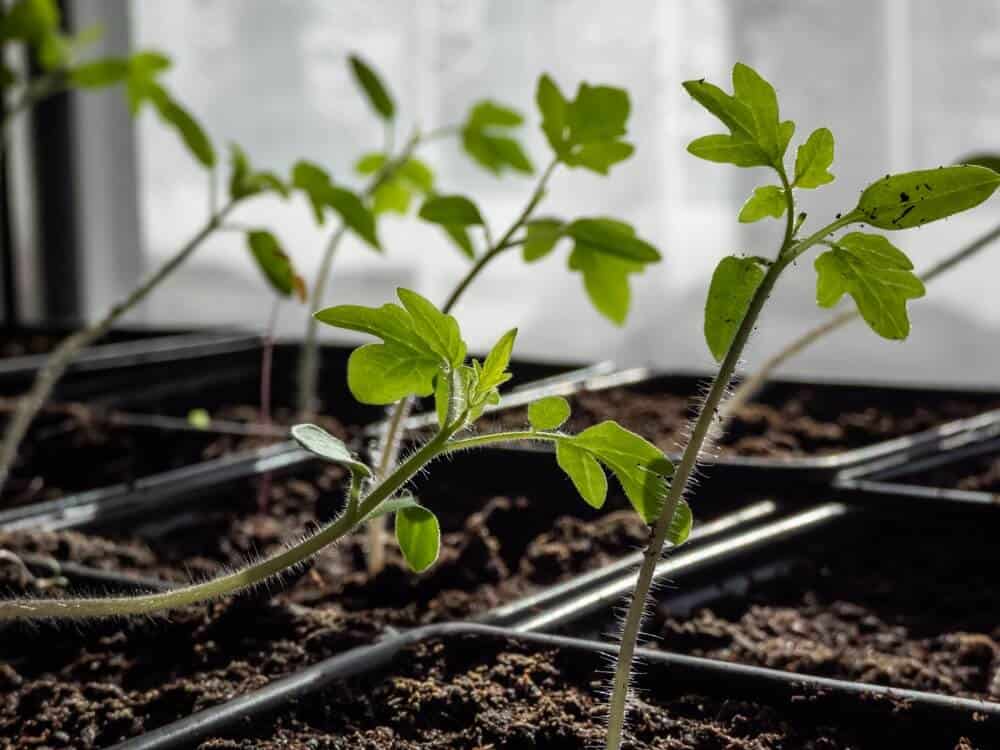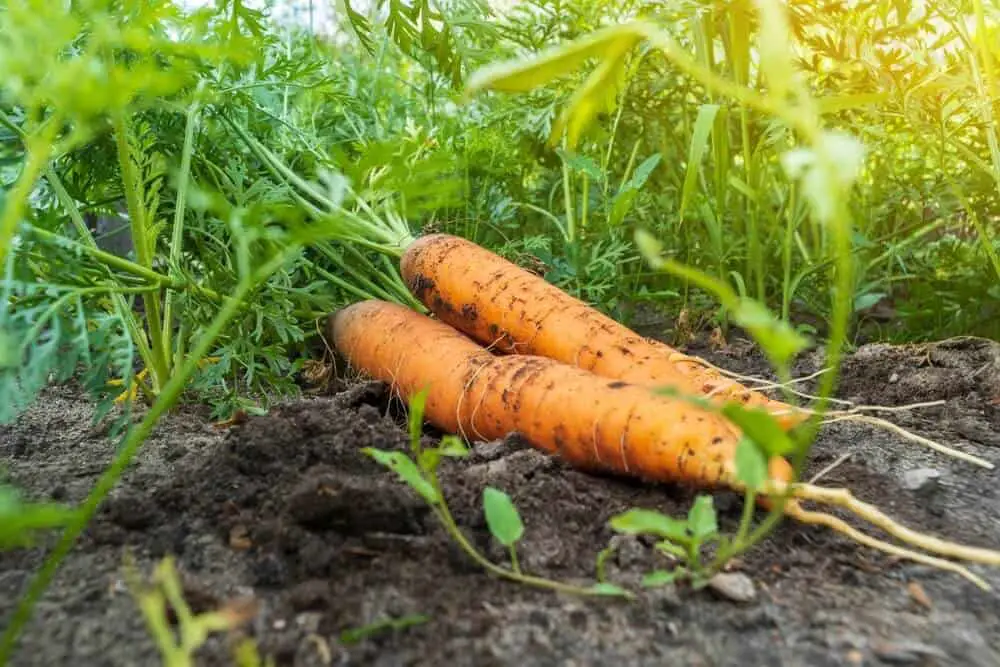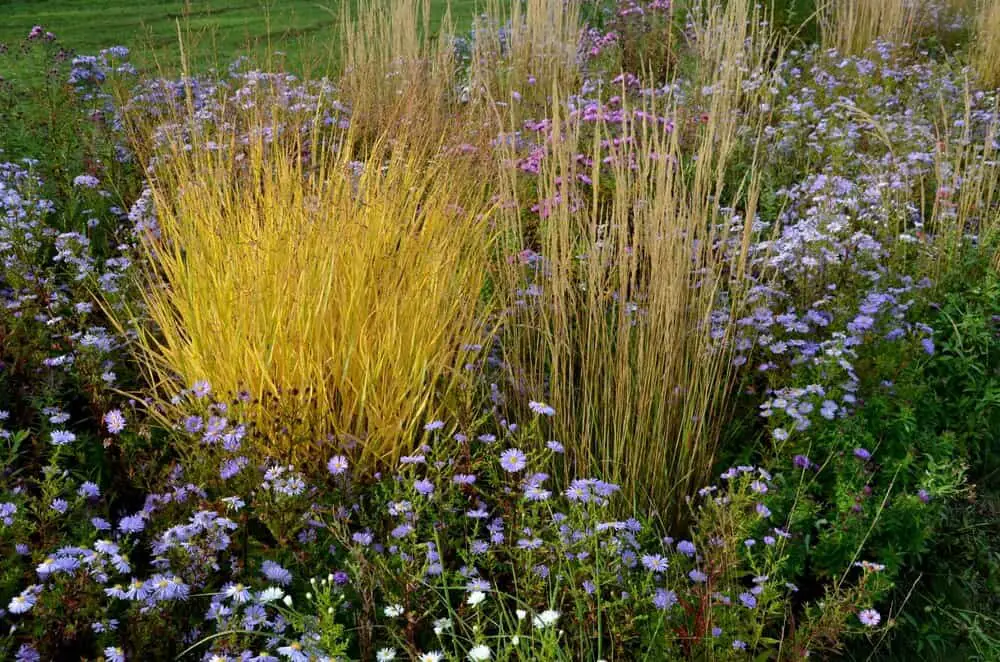Mulch, glorious mulch. What is mulch? Why do we need mulch, and can you get away without using mulch?
If mulch is a word you haven’t heard of before, these are all questions you’ll know the answer to once you’ve read this article. If you know what mulch is, you’ll soon also know the top 6 types of mulch and how to use them.
What Is Mulch?
Mulch is the term used for anything we put over the soil and around plants. It acts as a barrier between the ground and the plants growing above.
There are two types of mulch; organic mulch, a natural substance that will eventually break down, and inorganic, which comprises manufactured plastics and fabrics.
Why Do We Need Mulch?
There are many benefits to mulching, depending on the time of year. Mulching protects plants during the coldest months and late frosts during the winter.
During the summer, adding a layer of mulch will keep your soil moist. The barrier stops precious water from evaporating and your plants from drying out.
You can also use a mulch to stop weeds from growing by preventing light from reaching them, and some mulches are great for adding organic matter to the soil, enriching it, and helping your plants to flourish.
Can You Get Away Without Mulching?
The simple answer is yes; you can get away without it; however, this is to the disadvantage of your garden.
Plants that see frost or are not watered regularly enough in the summer will never flourish. So, if you want a garden that thrives, mulching is an excellent idea!
So, what are the best types of mulch, and how should you use them?
Types Of Mulch And How To Use Them
1. Woodchip

Types of woodchip and bark are probably the most common mulch used in yards. It’s affordable, easy to come by, and easy to use.
Woodchip has many benefits, including moisture retention and protection from frost. It helps to stop soil erosion and, in doing so, improves the health and nutritional content of the soil, which will subsequently improve the health of your plants.
Adding bark or woodchip will also help to make your garden look beautiful.
It does, of course, have some downsides. Woodchip will eventually fade and look unsightly. Woodchip may also begin to take nitrogen from the soil when it breaks down, which isn’t great for the plants who also need it.
The woodchip doesn’t need anything underneath to lay; bare soil is perfect. Be sure to add a nice thick layer of around 2 inches and spread it evenly up to and around the base of the plant.
2. Cardboard
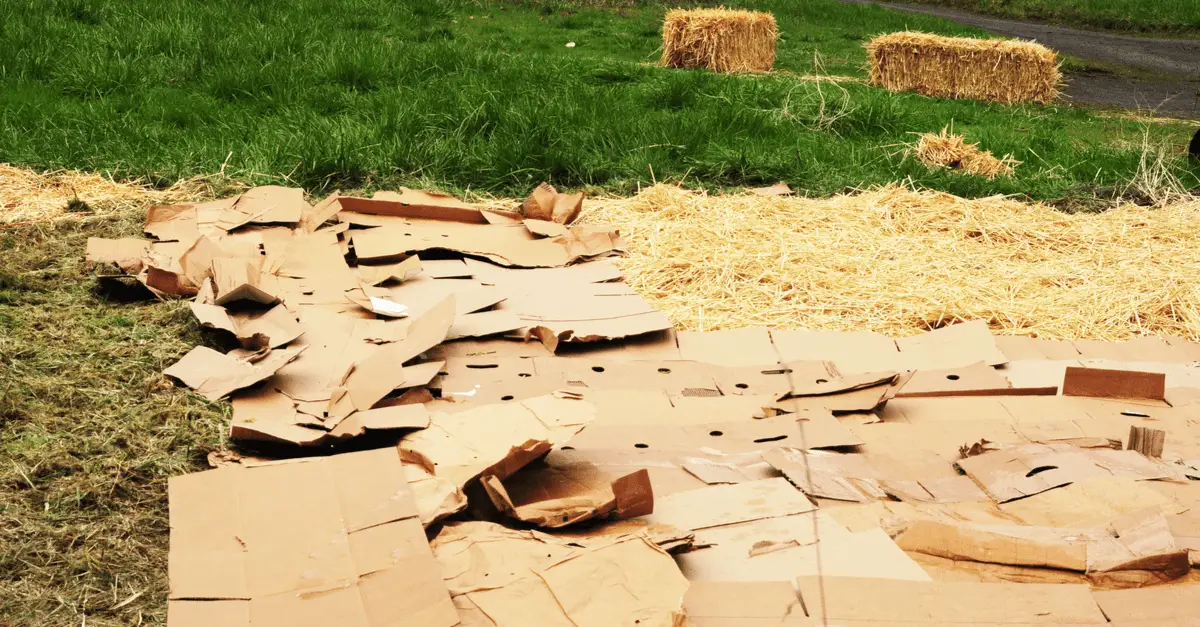
Adding cardboard mulch has excellent benefits for your yard and saves you from some back-breaking work. One of the primary uses of cardboard is to suppress pesky weeds that would otherwise keep appearing between your plants or vegetables.
Because cardboard is an organic material and will naturally biodegrade, it adds extra nutrition to the soil, thus improving its growth.
Cardboard in your yard can look messy, particularly as it begins to break down, but you can cover it with a layer of compost to tidy it and let it do its job.
Use cardboard without a plastic finish to keep your yard as healthy as possible, encouraging earthworms to your patch to improve the soil’s health.
3. Gravel

People often use gravel for driveways and seating areas at home, but it can also benefit plants. Using gravel or stone chippings works well for moisture retention and stops as many weeds come through, saving you time and energy.
Using gravel may be a more expensive method; however, they last infinitely longer than most other mulches, so you’ll not need to replace them the following year, and possibly ever.
Rocks and stones will also keep your beds attractive and stop fungi from growing because they don’t support moist conditions.
One of the downsides to using gravel is that it can be heavy and compact the soil, making it harder for plants to grow and causing water to pool rather than drain away.
4. Grass clippings
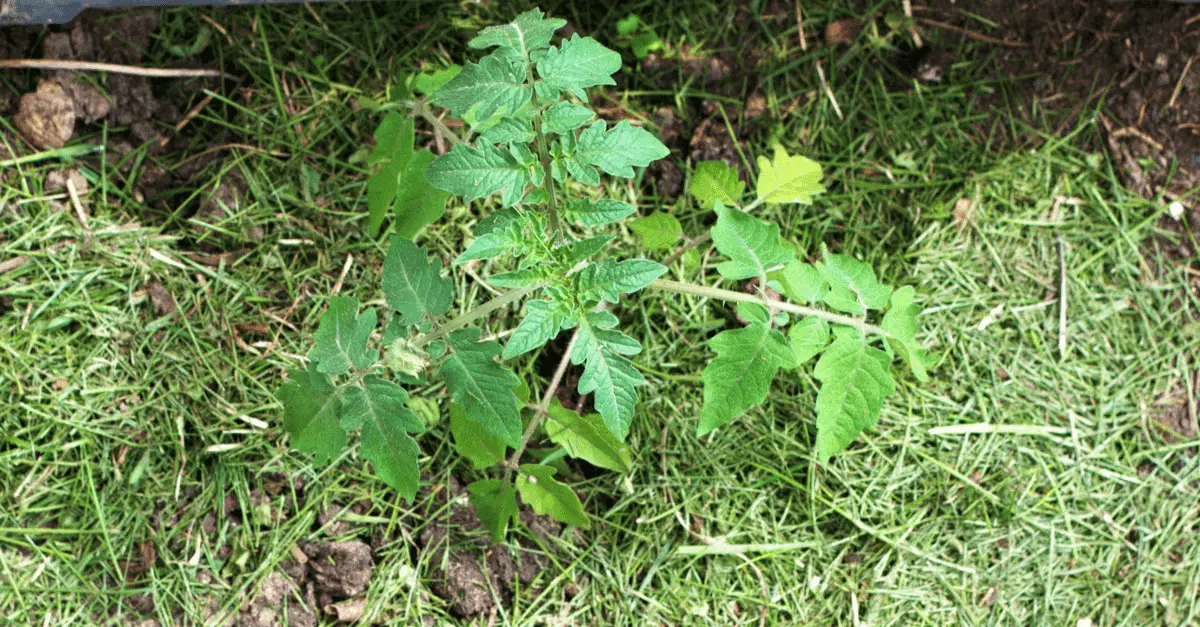
The best thing about grass cuttings is that they are free because they’ve come from your lawn. You’ll also have a ready supply because grass proliferates during the summer. Grass clippings will also not cause harm to your plants or wildlife.
There are other advantages to using grass cuttings as mulch. It is an excellent addition, helping the soil to retain moisture and stopping light from reaching weeds.
The best feature of this mulching method is that laying it will add nitrogen stored in the grass back into the ground to benefit the plants which need it to flourish.
If this method works for you, use a thin layer; otherwise, you’ll have a boggy, smelly mess full of insects. Also, avoid grass cuttings if you’ve recently used any kind of chemicals on your lawn.
5. Plastic membrane

If you plan to use a plastic membrane in your yard, you mean business. It is the first inorganic method in this list, but that’s not to say it doesn’t have its place when used correctly.
The primary purpose of a plastic membrane is for weed control. You’ll first need to remove any large growing weeds and large stones that could rip the plastic for the best outcome. Once it is in place, secure it to the ground around the edges with large rocks.
The main downsides to this method are that the plastic often degrades or breaks quickly, allowing the weeds to creep back through. It will also mean you’ll have small pieces of black plastic around your yard.
If you decide to make holes in the membrane to plant, watch out for soil warming up too much and keeping water levels correct for the plant. The membrane, however, will act as a brilliant barrier for the frozen months.
6. Fabric membrane

Fabric membranes are similar to plastic ones because they are inorganic and used primarily for weed control, but they have more give and may be more beneficial for the plants you are trying to grow. The main reason for this is that fabric is much more porous and will allow water and air to pass through more naturally.
To use a membrane, lay it before you plant anything because trying to fit them around existing plants is time-consuming and fiddly. Laying it beforehand also means you can cut a small incision where you want the plants to be.
For a healthy yard, the negatives to membranes outweigh the positives. It will degrade and cause a mess you will need to clear and replace over time. Earthworms also cannot survive underneath, leading to poor, barren soil.
